Xiaomi’s HyperOS 2.2 is making waves with its phenomenal Control Center, giving the yet-to-be-released Android 16 a run for its money in both functionality and aesthetics. Both operating systems have introduced some significant UI tweaks that are improving the user experience, but Xiaomi’s approach is somehow stealing hearts with its premium look and smooth animations.
The HyperOS 2.0 update brought a host of improvements to Xiaomi devices, building on the foundation established when the company abandoned MIUI in favor of its own solution. With Lei Jun’s vision of seamless connectivity, these improvements to the Control Center are a step closer to the vision of a more integrated ecosystem.
Key similarities between the two control centers
Both the Android 16 Control Center and HyperOS 2.2 Control Center share some fundamental design principles:
- Swipe gestures on the right edge for switches and on the left edge for notifications
- Blurred background effect to improve visibility of controls
- Expandable controls for more details
- Support for dark and light modes
Superior Features of HyperOS 2.2
HyperOS 2.2 has several advantages that make it superior to Android 16:
- Simpler, iOS-like interface : Minimalism provides better visual hierarchy and reduces clutter
- Smooth Animated Transitions : When swiping through toggles and the notification center, HyperOS 2.2 delivers smooth animations that give a more premium feel.
- Better drop-down animations : The visual feedback when dropping down the control center is much more elegant and descriptive.
- Simplified one-handed operation : The design offers easier thumb access to frequently used controls
Android 16 Highlights
While HyperOS 2.2 is better in most ways, Android 16 also has its interesting features:
- Resizable Toggles : Similar to iOS 18, Android 16 allows users to resize buttons based on their importance or frequency of use.
- More customization : Users have more freedom to reorganize and customize their control center
- Greater integration with Google services : Seamless access to Google ecosystem features directly from the control center
Which one should you choose?
If you prefer a sleeker, more refined experience with improved animations, HyperOS 2.2 is the way to go. Xiaomi has struck the perfect balance between form and function.
However, if you’re looking for a high level of customization, Android 16’s resizable buttons and customization options might be more your speed. The Android 16 interface is currently only in internal testing builds and is expected to arrive with the QPR1 update or the official release of Android 17.
If you want to try out the iOS 18 Control Center on your Android phone, you can try our Control Center 18 app .


 Emir Bardakçı
Emir Bardakçı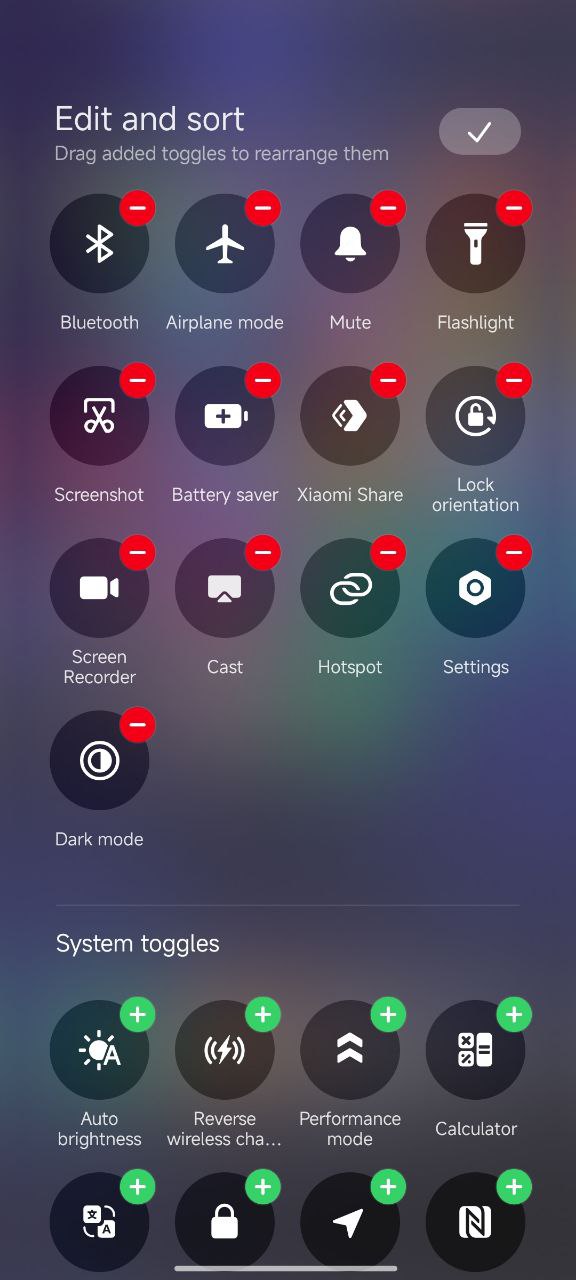
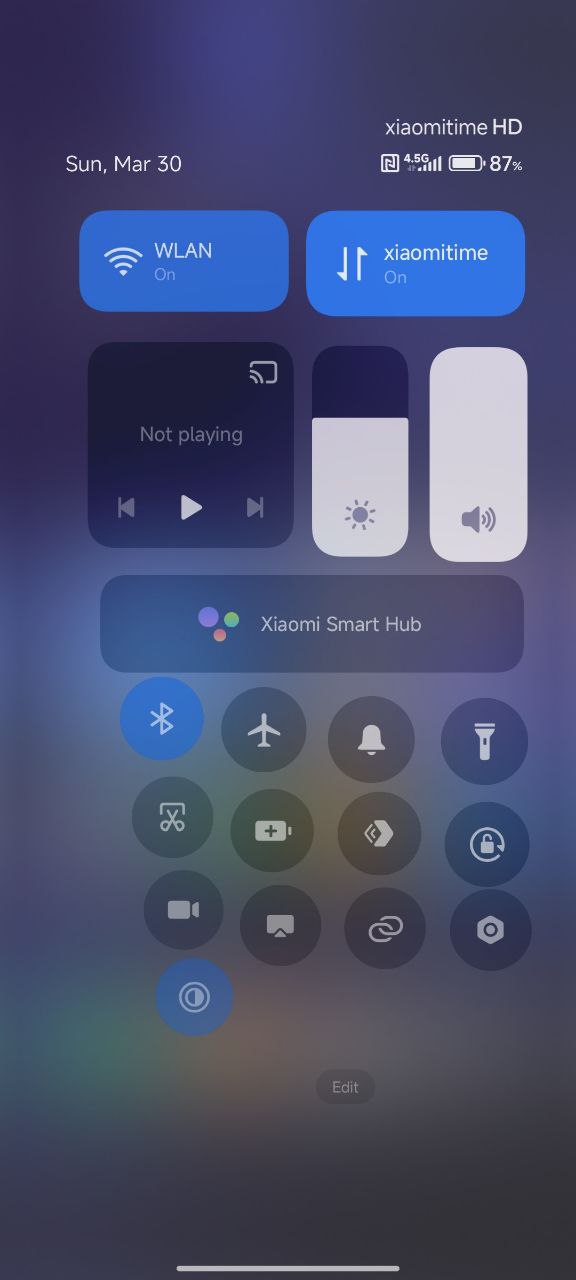
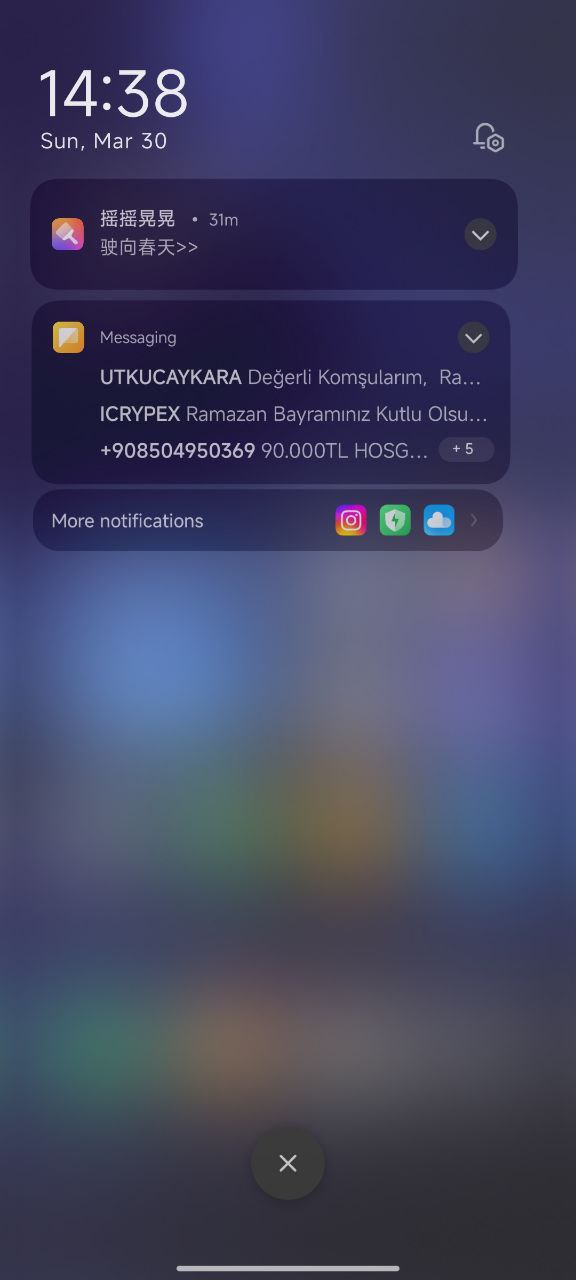
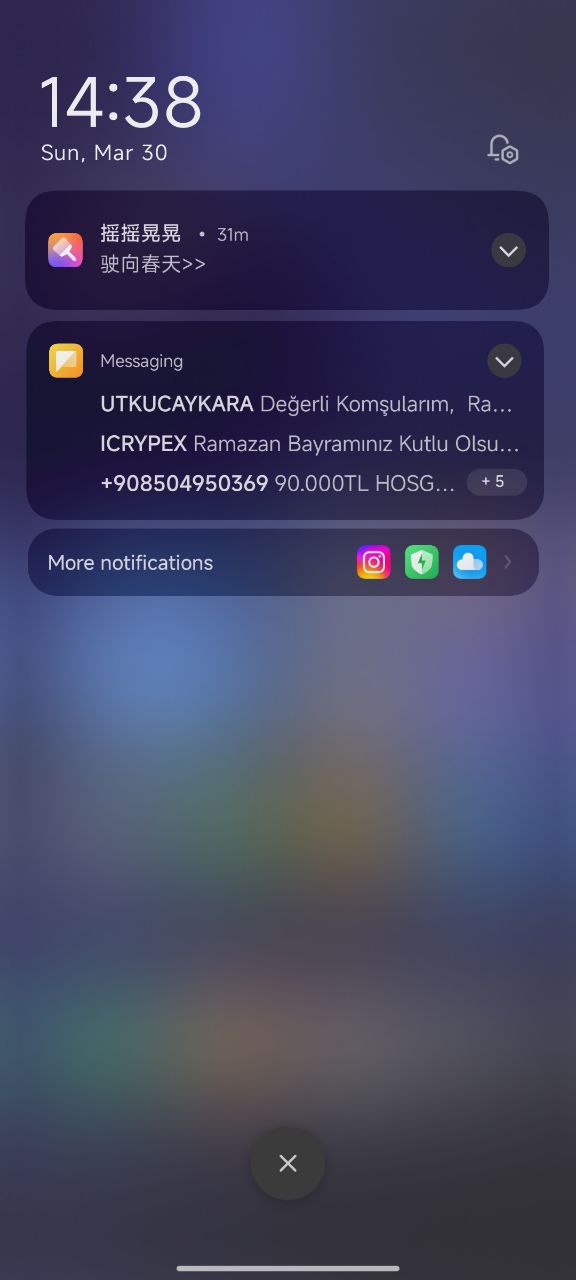
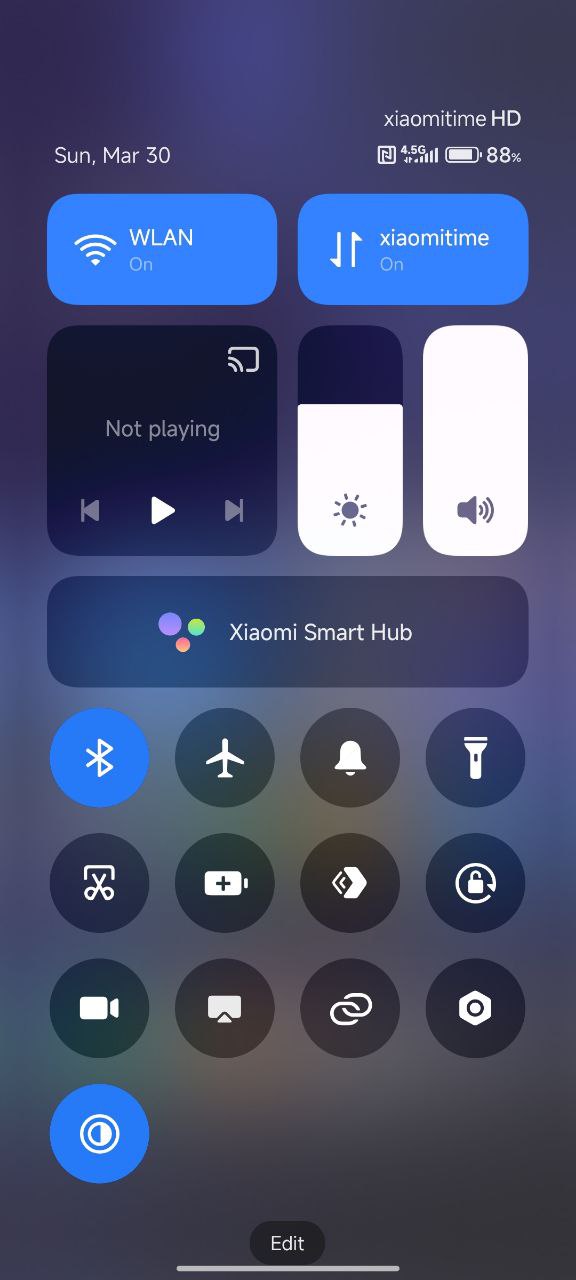
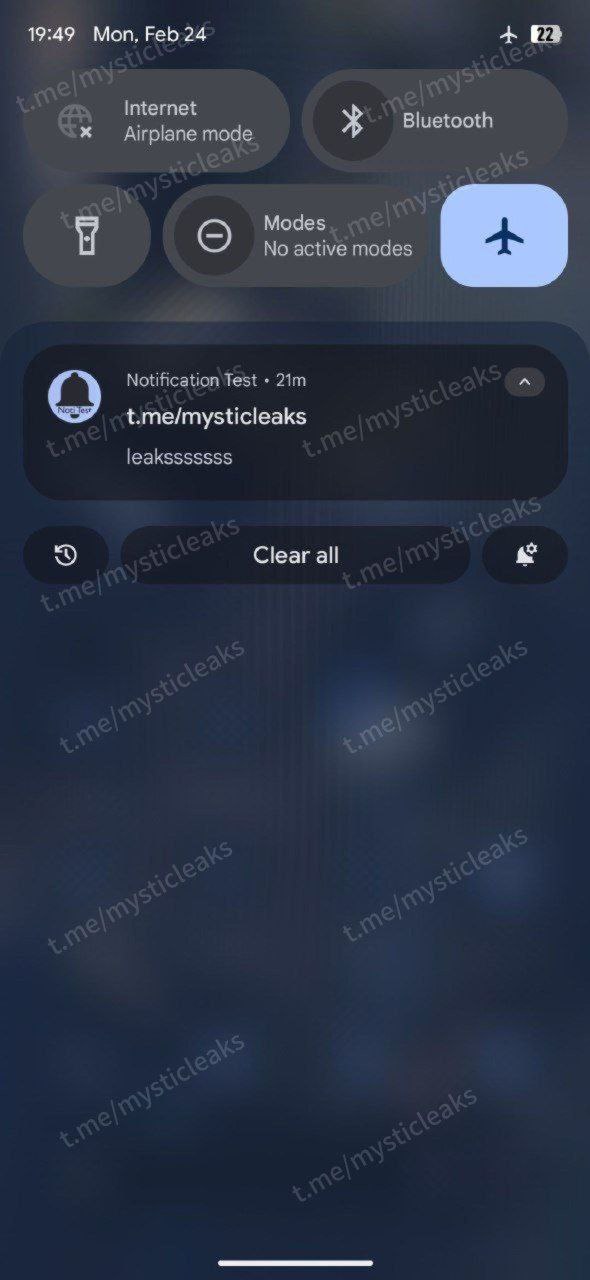
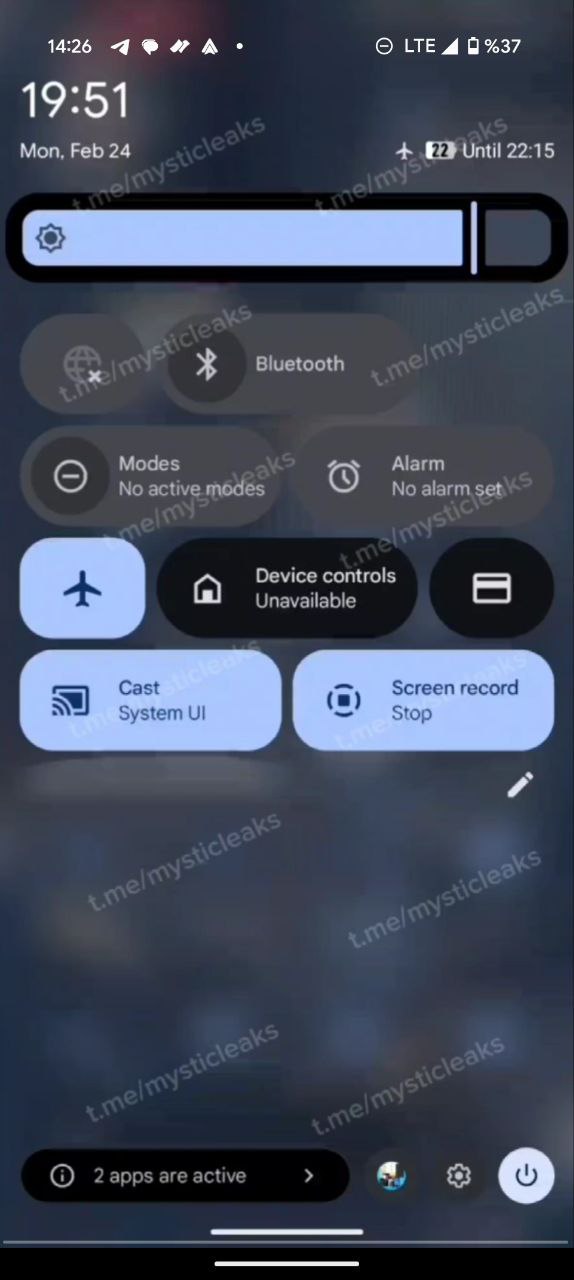
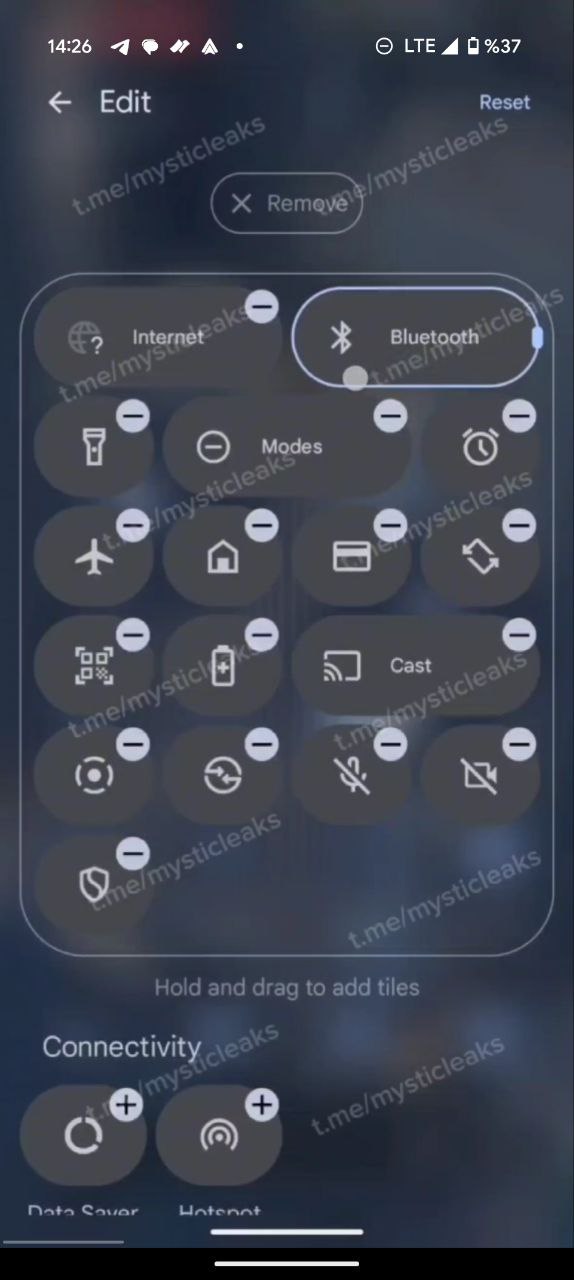
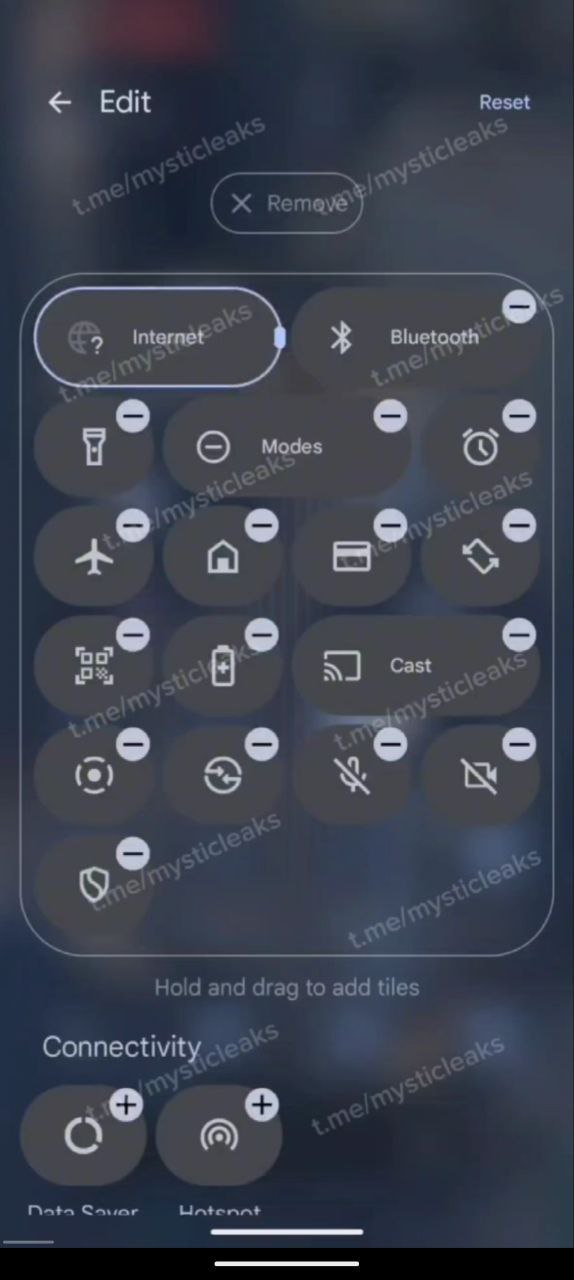
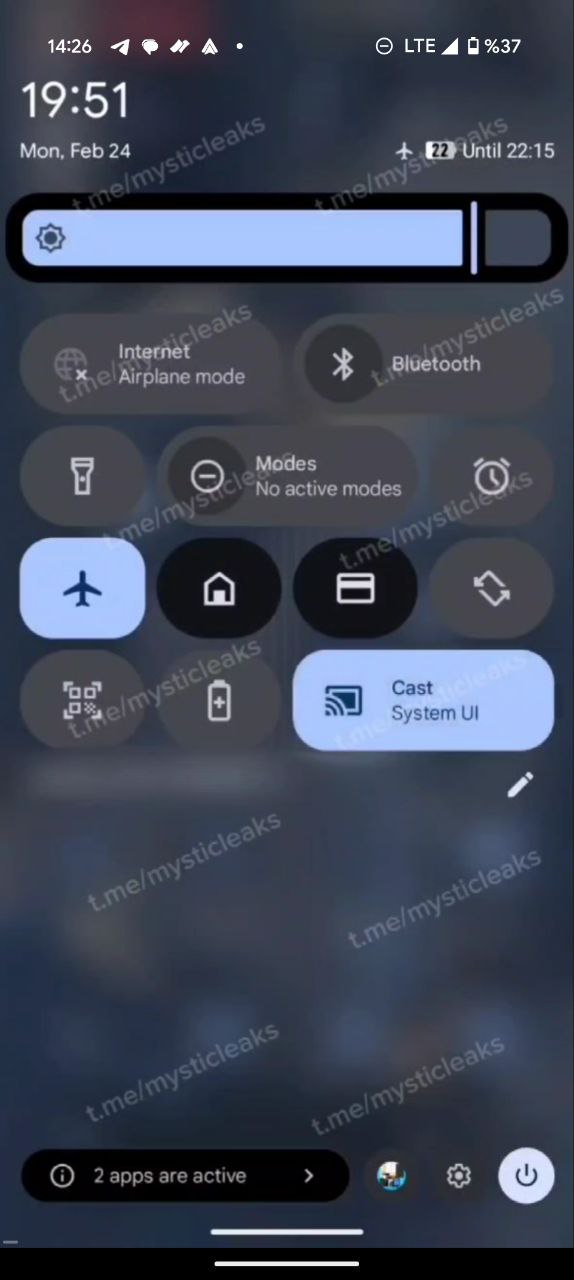



my phone name is redmi 13c 5g don’t show my phone new cantrol canterso plzz fix my problem 😭